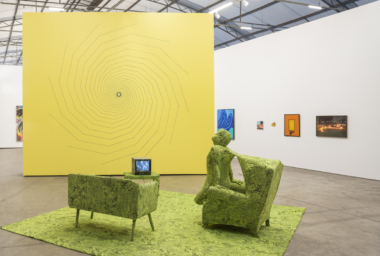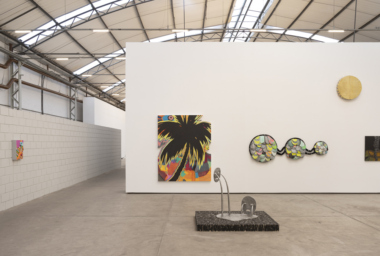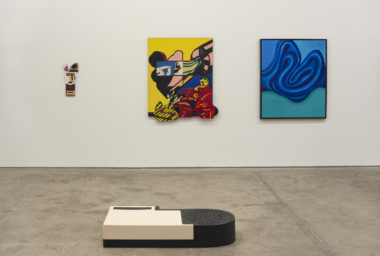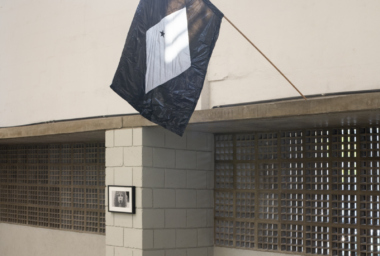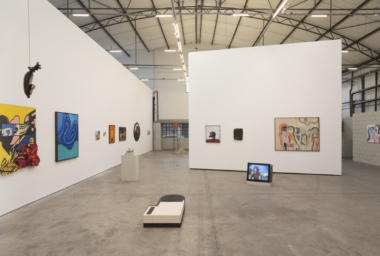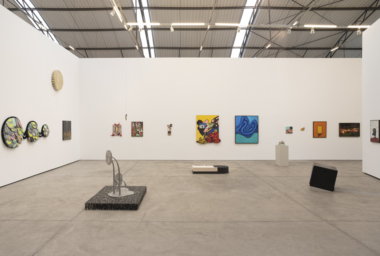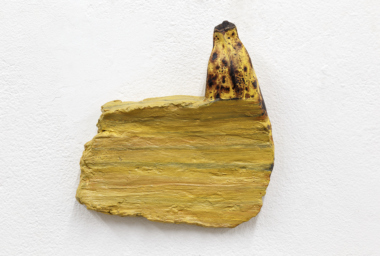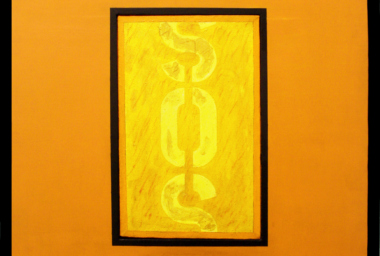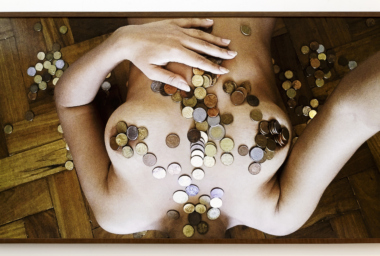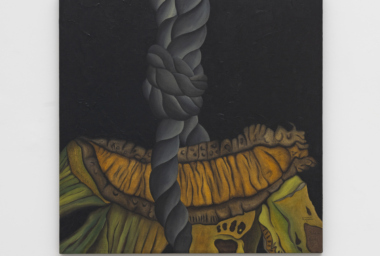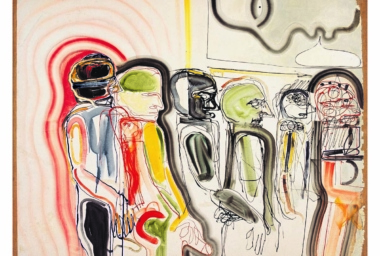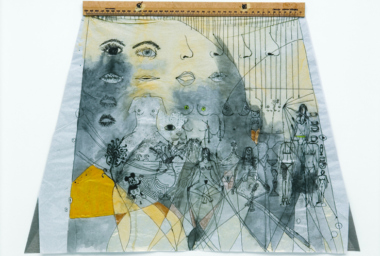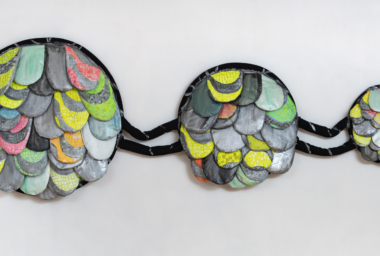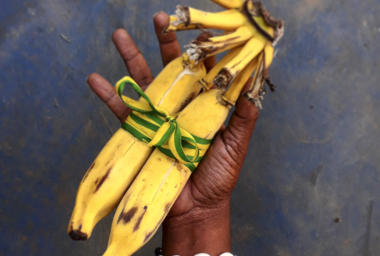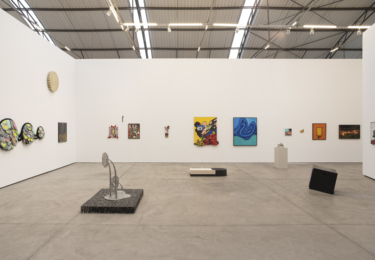
Os Monstros de Babaloo
Aug 28 – Nov 6, 2021
FDAG Barra Funda
Download
Rafael Alonso | Antonio Henrique Amaral | Victor Arruda | Lenora de Barros | Rafael Bqueer | Luisa Brandelli | Júlio Bressane | Tiago Carneiro da Cunha | Leda Catunda | Diambe | Rubens Gerchman | Rodrigo Hernández | Jac Leirner | Cristiano Lenhardt | Ivens Machado | Roberto Magalhães | Rodrigo Matheus | Tiago Mestre | Mulambö | Rodolpho Parigi | Moisés Patrício | Wanda Pimentel | Luiz Roque | Rogério Sganzerla | Teresinha Soares | Tadáskía | Rodrigo Torres | Aleta Valente | Adriana Varejão | Carlos Vergara | Erika Verzutti | Elyseu Visconti | Antonio Simas Xavier | Yuli Yamagata
Fortes D’Aloia & Gabriel is pleased to present ‘Os Monstros de Babaloo’, a group show curated by Victor Gorgulho, including works by 33 contemporary artists from 1960 to today. The exhibition references the 1970 film of the same name by director Elyseu Viscoti (Rio de Janeiro, 1939-2014, grandson of painter Eliseu Visconti), about a grotesque, dysfunctional family ruling over a tropical paradise south of Ecuador.
The synopsis of Visconti’s film could easily mirror the Brazilian political scene in 2021: Babaloo, the mythical island, is inhabited by creatures of all kinds: these are convulsive bodies in a continuous trance, delirious rats and zombies wandering in the incessant sunlight that never sets. The current exhibition references and reveres the political allegory of Visconti’s film, which at the time was censored by the military regime, and since then has rarely been shown in a public context.
Transgressive in form and content, the films of the so-called marginal Brazilian cinema came to expand the more rigid structures (although no less inventive) of the Cinema Novo films of the early 1960s. The radical invention of the Brazilian audiovisual is today remembered for some of the most ingenious allegories about Brazil, often questioning and complexifying contradictory notions of Brazilianness and tropicality.
Suggesting narrative, semantic, and visual tensions between artists, works, and productions from the 1960s to today, the group show articulates a web of blurred temporalities and unsuspicious approximations. A colorful, cruel tropical paradise, forged between farce and fiction, beauty and violence, joy and horror.
We would like to thank A Gentil Carioca, Ana Clara Simões, Anna Pitthan, Bergamin & Gomide, Casa Triângulo, Clarissa Ribeiro, Conrado Mesquita, Galeria Athena, Galeria Nara Roesler, Guilherme Teixeira, Helena Ignez, Instituto Antônio Henrique Amaral, João Pedro Schiavo, Luiz Antônio Sampaio, Mercúrio Produções, Noa Bressane, Portas Vilaseca Galeria, Sé and Sinai Sganzerla for their partnership in this special project.
